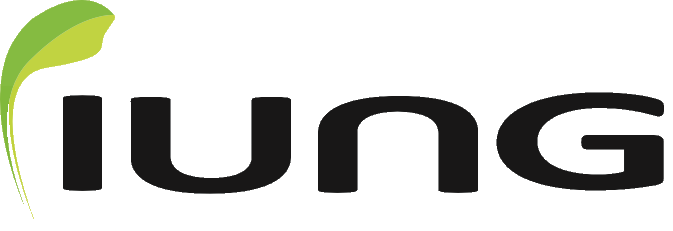The critical component for precision farming is optimizing nutrient application and adjusting fertiliser rates to soil conditions and crop timing and types. In contrast, in conventional agriculture, the rate of fertiliser application is determined for the entire field. Due to the considerable spatial variation in soil conditions at the field scale, there may be significant variation in fertiliser needs. In this case, some crops may suffer from nutrient deficiencies, or excessive amounts of nutrients supplied to them will leach into ground or surface water, causing adverse environmental effects. By optimizing the use of precision fertiliser, measurable benefits are realized in reduced inputs and significant environmental advantages that reduce the risk of over-fertilisation. Nutrient rates are adapted to the actual crop requirements.
The fundamental basis for proper determination of plant fertiliser needs is knowledge of soil abundance and its spatial variability at the field level. Hence, it is so essential in precision agriculture to determine the crop’s fertiliser needs very accurately. Conventional soil sampling generates a composite sample of up to 4 ha, which is inadequate for precision farming as the soil nutrient content fluctuates over small areas. Therefore, a very high sampling density is required, which in turn contributes to higher analysis costs at the Agricultural Chemical Stations.
Due to the time-consuming and high cost of classical soil sampling and laboratory analysis, various techniques for the indirect spatial evaluation of soil properties are increasingly adopted. For above purpose different types of mobile sensors (on-the-go) are used, recording various soil parameters with very high resolution. The most commonly used sensors to determine the soil spatial variability for precision agriculture, using the electromagnetic method, is the electromagnetic conductivity meter EM 38MK2 Geonics Ltd (Canada) (photo 1), , integrated with a GPS device. The practical objective of measuring with the EM38 sensor is to prepare operational maps to optimise agrotechnology.
Mobile spectrophotometers (photo 2) operating in the visible and near-infrared (VIS/NIR) range of light are another increasingly widely used equipment to determine soil variability for soil abundance mapping. Properties identified with a spectrophotometer include nitrogen, potassium, phosphorus, magnesium, calcium, humus, sand and clay content, pH, and more.
